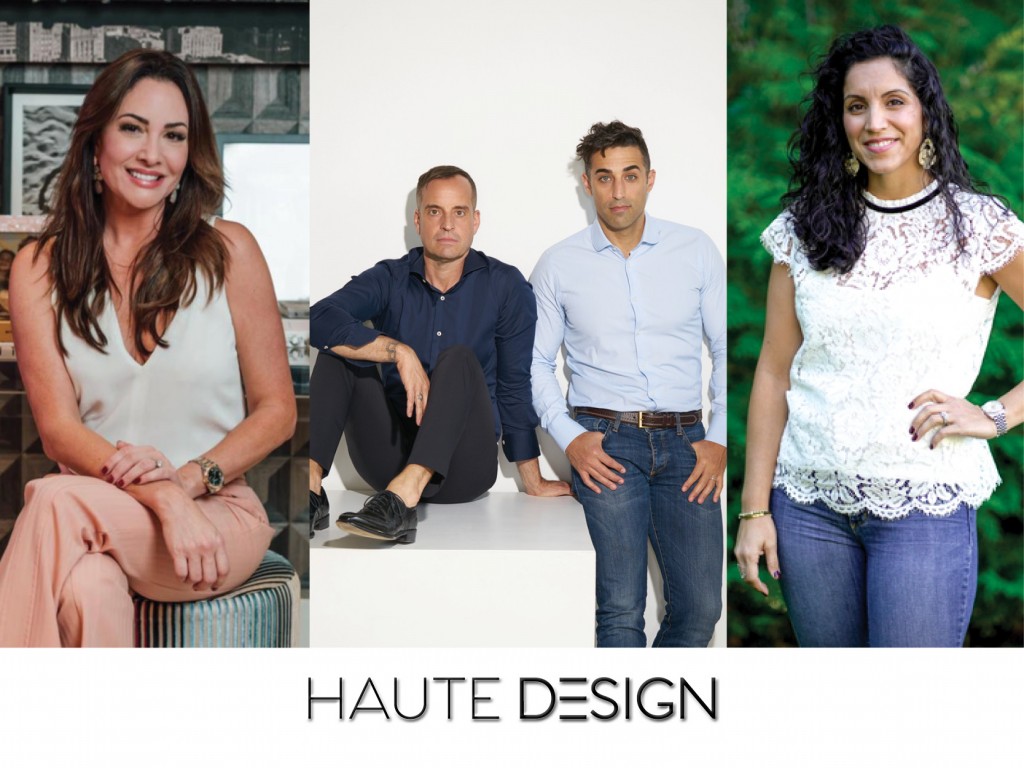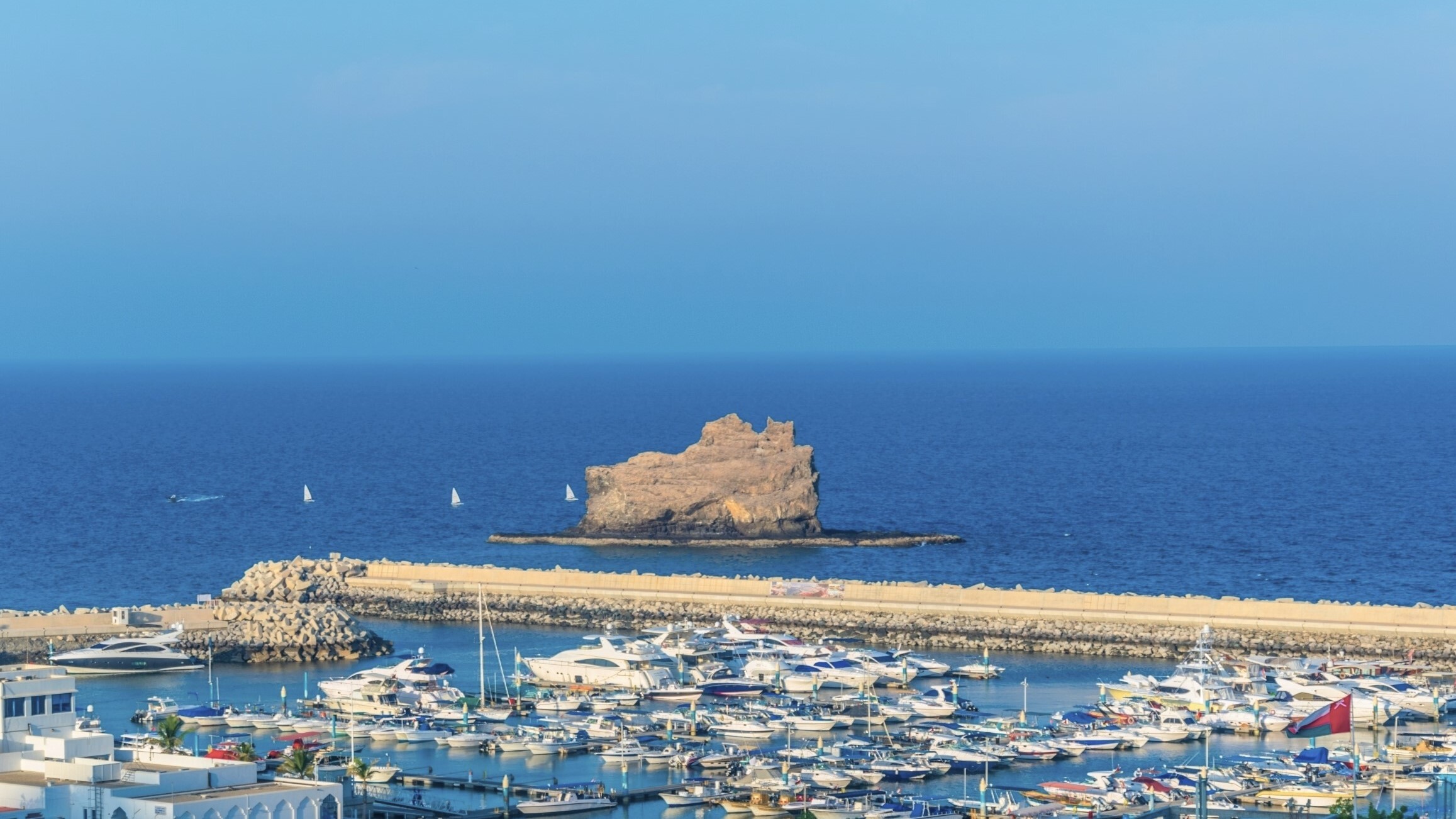Haute Residence hosted its “The Future of Design” webinar, featuring Joshua Rose and Rafael Kalichstein of the FORM Design team, Andre Wanderley, Senior Designer of Design Solution, and Chastity Centeno, of Riese Design. These talented designers all focused on the changes in the design world, for designers and clients alike, throughout the course of the global pandemic. They discussed their style predictions for the quickly approaching future, centered around maximalism and ornamentation, the rise and importance of sustainable green initiatives in design, and the urgent need for designers to both shift with the desires and necessities of a new era, and get to personally know their complex clientele.
They were hosted by Haute Living’s April Donelson. Watch the full webinar below.
Highlight quotes:
Rafael Kalichstein:
“Through this pandemic, I don’t believe that anything changes when we are thinking about design as a practice. We've always had the opportunity to say that design is a problem solving exercise; we're looking at certain parameters to function within, which can be anything from environmental to personal challenges. The role of the designer is to take in all of the available information and craft the singular solution that answers all of the factors at hand. So, just philosophically speaking, I don't believe that design as a practice changes. I do think that the pandemic has opened up another opportunity, and that is found in the relationship between the client and the designer. I think that the client perspective has shifted, and that offers us a new possibility.”
"When we think about the client perspective changing, we think about how our new suggestions are received. The suggestions that we brought to them about how to conserve energy and reduce our carbon footprint got clients really excited. When we suggest that a particular material is not renewable or in real bounty still, clients are eager to learn about materials that are. So, I think we're seeing more and more openness coming from clients, it's not as much of an uphill battle.”
Joshua Rose:
“I think that at this moment, the important problems are clearer to the clients; the clients are better educated moving forward in their projects, and they are realizing what it is that they actually need to do. They need their homes to work for them. There has been less of a focus on wanting a certain style or aesthetic, but instead, their choices are more about what will actually work for them. A client may like something but it's not exactly conducive to the lifestyle that they have, so now, they have a much greater sense of their lifestyle needs and how they’ll actually live in their home.”
“We're definitely seeing the choices that clients want to make, and we can get them to spend a little bit more on these appropriate materials and sustainable choices that will last. Maybe they'll still have to do a refresh with the soft surfaces and swap out some of the furniture, but in terms of the base structure, the things that are really connected to the house, they invest in something that's going to pass the test of time.”
Chastity Centeno:
“Now, more than ever, because people have been cooped up for so long, we are seeing a rise in anxiety and depression. From children to adults, which is terrible, but it is the reality that we are facing. So when you're designing a home or space for anybody, those factors are something that we really need to take into consideration. As designers, we should really start to get to know our clients, not just what their favorite color or pattern is, but really having a conversation and asking, how do you guys function, how do you guys live, do you guys eat dinner together, things like that, because those are the small things that are going to help solve a problem. As designers, we all know that a round table encourages conversation, so if there is a family that's distant from each other, you want to implement that round table so they can face each other and start a conversation. We also must take some consideration of color psychology. If you have a person that is very anxious you might want to stay away from yellow. If you need some relaxation, throw some blue tones into a room. These are small things that somebody else who doesn't do what we do would never think of, but these are the kinds of things that really impact our clients."
Andre Wanderley:
“Our clients looked into their homes with a little more love and passion, further making us realize the importance of our work and dedication to transforming empty spaces, or just houses, into homes. People are now trying to truly live in their homes, the home is not only for sleep anymore. Last year forced everyone to take a look into their house and think about what could be improved. It’s a matter of making your family happier, we want to bring love into the house. That is what we’ve taken away, this year has humanized our company even more, because we’re not just looking into the design, we’re looking at living.”
“The questions are changing, people are more worried about family recipes, home offices, and the gym that they want in their house. They are more interested in the zen spa and in-home massage place than before. We are seeing a change in their demand and that, of course, changes the design too. People are concerned with total comfort and are less into some of the aspects of design in pieces. People love Italian designs, but prior to the pandemic it could’ve been enough if a piece was Italian, but I feel like it's not enough anymore. People want to visualize their lives in the home, they ask themselves: am I going to sit well here, am I going to have a great dynamic if I have this piece here? I feel like that's the future, wanting our homes to be comfortable places."

To watch more webinars curated by Haute Residence,
visit dev.hauteresidence.com






